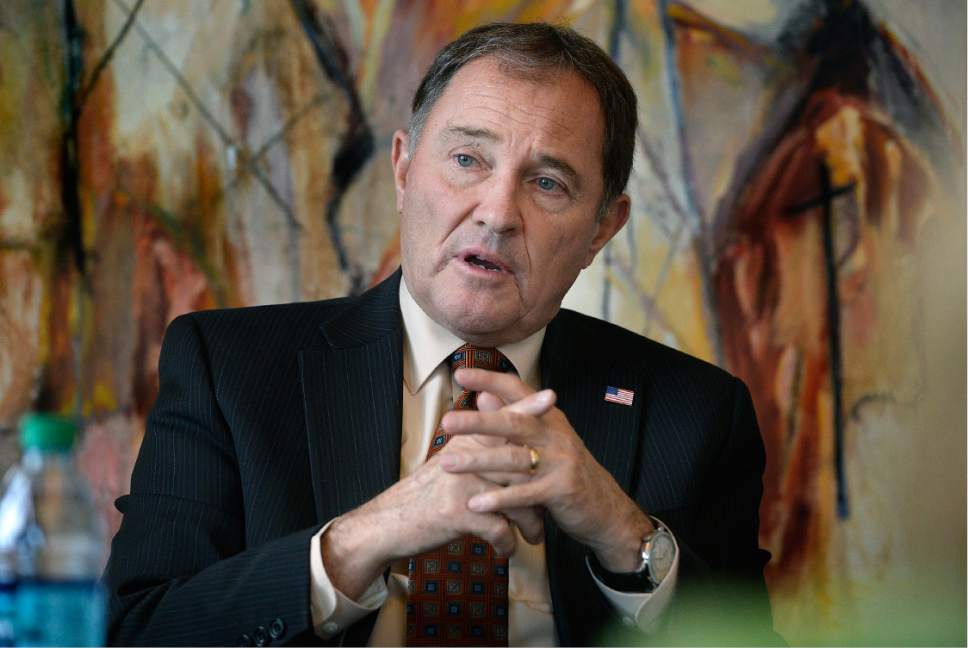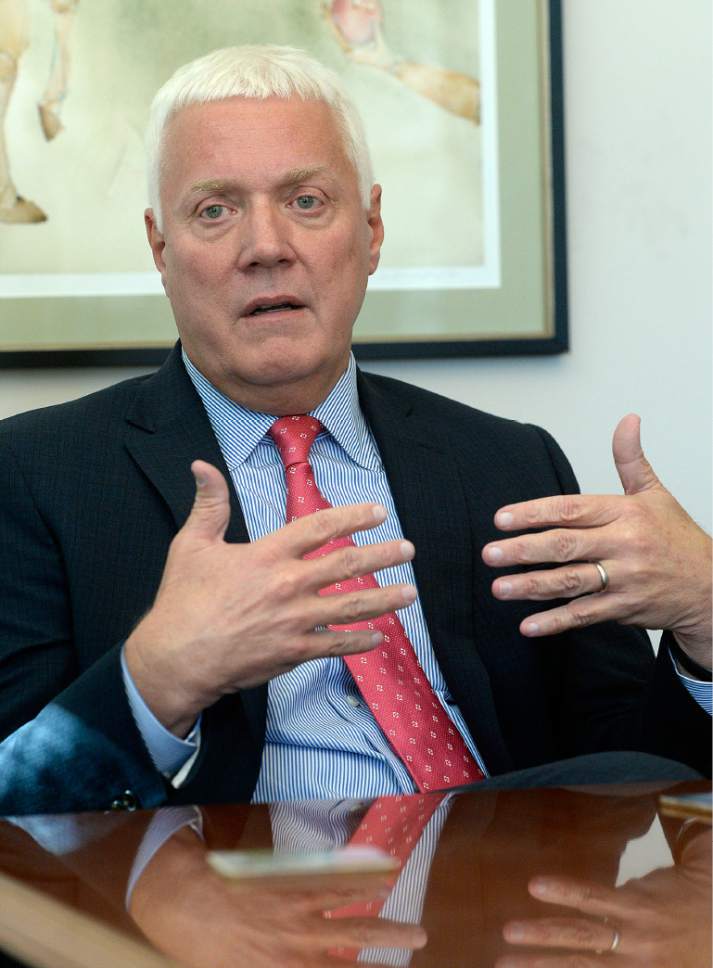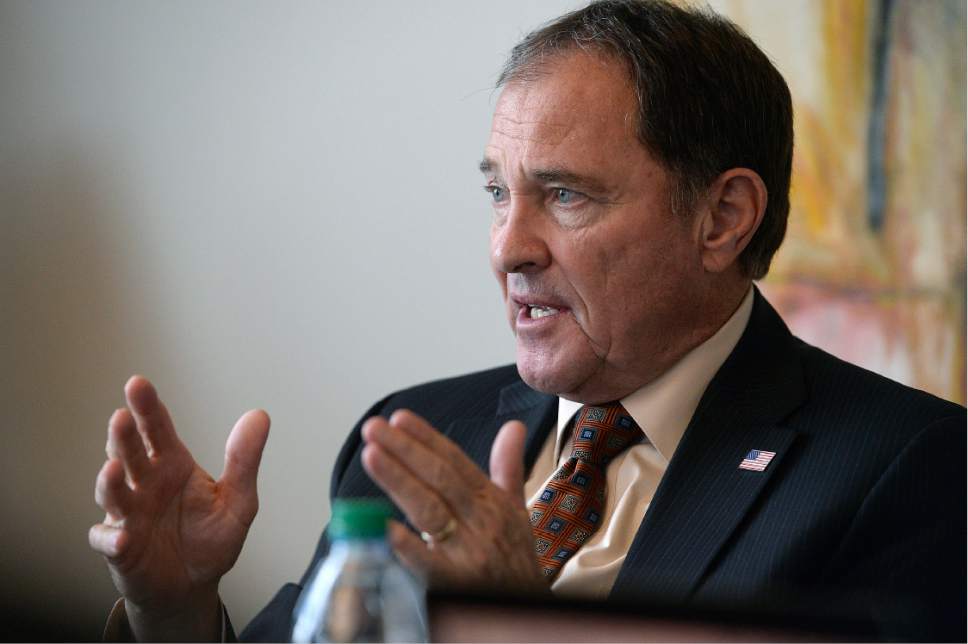This is an archived article that was published on sltrib.com in 2016, and information in the article may be outdated. It is provided only for personal research purposes and may not be reprinted.
Gov. Gary Herbert said Thursday he plans to seek as much as an additional $400 million in education money when he rolls out his proposed budget in December.
The infusion of new money would be on top of $1.8 billion in new money the state has already put toward education — both higher education and K-12 schools — in the past five years.
"We will end up putting more money into education," Herbert told The Salt Lake Tribune editorial board, and if the trend continues, Utah will close its education-spending gap with the rest of the country.
Utah remains last in the nation in per-pupil spending on K-12 students. According to the most recent figures available, Utah spends $6,500 a year on each of the roughly 643,000 children attending school.
The national average is $11,009.
Despite the increased education spending that Herbert touts, Utah still spends $83 less per student than when he took office in 2009, according to figures from the U.S. Census Bureau for 2014, the most recent year available.
Herbert's Democratic challenger, Mike Weinholtz, has repeatedly criticized Herbert for not doing enough to fund schools, which is consistently a top priority for voters in opinion polls.
"You can't say it's your top priority if you're not going to put your money where your mouth is," Weinholtz said during a debate between the two earlier this week.
Under the Utah Constitution, all of the money generated by the state income tax must be spent on public and higher education. Much of the $1.8 billion in education spending that Herbert points to has gone toward constructing new buildings on university campuses.
Actual spending on public education has increased by $403 million since Herbert took office in 2009. Enrollment in that time has grown by about 80,000 students. The state has to spend about $70 million a year just to keep pace with the enrollment growth.
Weinholtz has said that, if he is elected, he will stop funding colleges and universities with those income-tax dollars — which was first allowed through a constitutional amendment approved by voters 20 years ago.
Instead, he wants to see all of that money go to K-12 education.
He has also said he would revisit a tax reform effort under former Gov. Jon Huntsman that moved the state from a graduated income tax — where wealthy individuals pay more — to a flatter tax, where everyone pays about 5 percent of their income. Weinholtz believes that has siphoned off education funding from schools.
Weinholtz has also said he would support phasing out charter schools — the taxpayer-funded alternative to traditional public schools. He said if all schools are performing better, there would be no need for the specialized schools.
Herbert said Thursday that getting rid of charters would be a "foolish thing to do." Folding the charters back into the traditional public-education system would cost the state an estimated $900 million, he said, costs that would have to be absorbed by the taxpayers. And it would give parents less choice in how their children were educated.
"There's no practical reason to do that," the governor said.
gehrke@sltrib.com Twitter: @RobertGehrke









